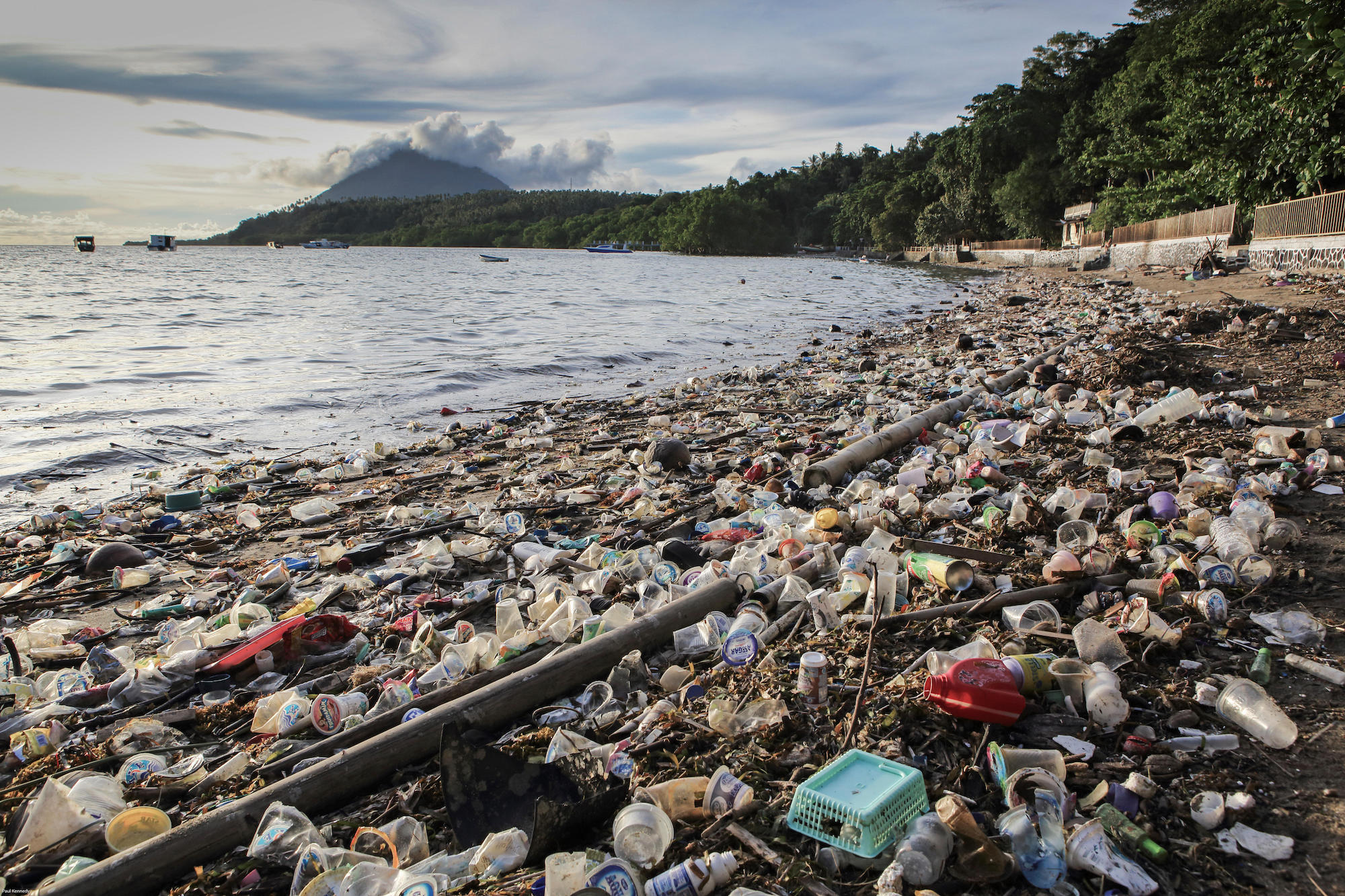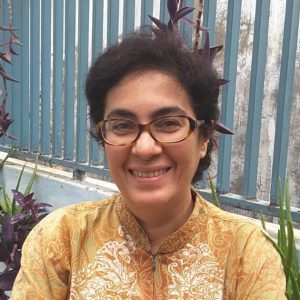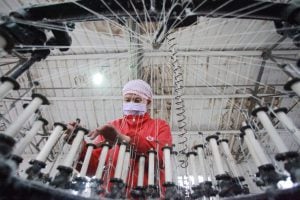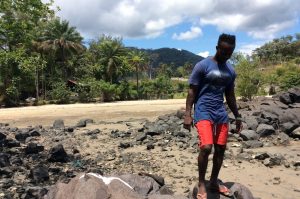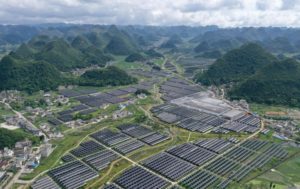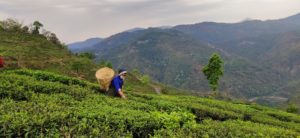The UN has called marine plastic pollution “a slow-motion catastrophe”, and a recent study found Indonesia to be the second largest contributor to it after China. Overconsumption of single-use plastic and bad waste management are largely to blame.
Indonesia has some of the most biodiverse and important coral reef systems in the world. But, over the past few decades, those habitats have faced a number of challenges, including plastic pollution.
According to the UN, around 8 million tonnes of plastic are dumped into the ocean every year. Indonesia contributes more than 600,000 tonnes of that, estimates the Indonesian Institute of Sciences.
The Covid-19 pandemic has only made things worse. Discarded masks and other protective gear have added around much more waste to the country’s leaking waste-management system.
The coasts of Indonesia are home to many densely populated communities. Plastic waste is ubiquitous and transboundary, with ocean currents transporting it in multiple directions including to uninhabited islands.
Regulation without results
In 2017, Indonesia committed to reduce marine plastic debris up to 70% by 2025 in a national action plan. The government issued new legislation on waste management in 2018. Two years later, it banned single-use plastic in mini-markets. But the policy is not as strict in traditional markets where plastic bags are still widely used.

Novrizal Tahar, director of solid-waste management at the Indonesian Ministry of Environment and Forestry, said: “marine plastic waste in Indonesia had already been reduced by over 15% between 2018 and 2020”, citing an unpublished report produced by his office.
There is no shortage of regulations on waste management in Indonesia and specifically on marine plastic, said Tahar at a UNDP webinar on ending plastic pollution: “First, we take the regulatory approach. Almost all of our regulations cover the problem from the upstream to downstream… Simultaneously we increase the capacity of local governments’ services and waste processing,” he said.
Consumers lack support
But the government’s efforts appear insufficient to curb the problem.
Greenpeace Indonesia campaigner Muharram Atha Rasyadi said: “Our waste-management system is still not based on segregation. It’s the basic collect–transport–dispose method,” he said. “Although there are movements to process waste at home, such as through composting, it’s mostly the community’s independent initiatives,” Rasyadi said.
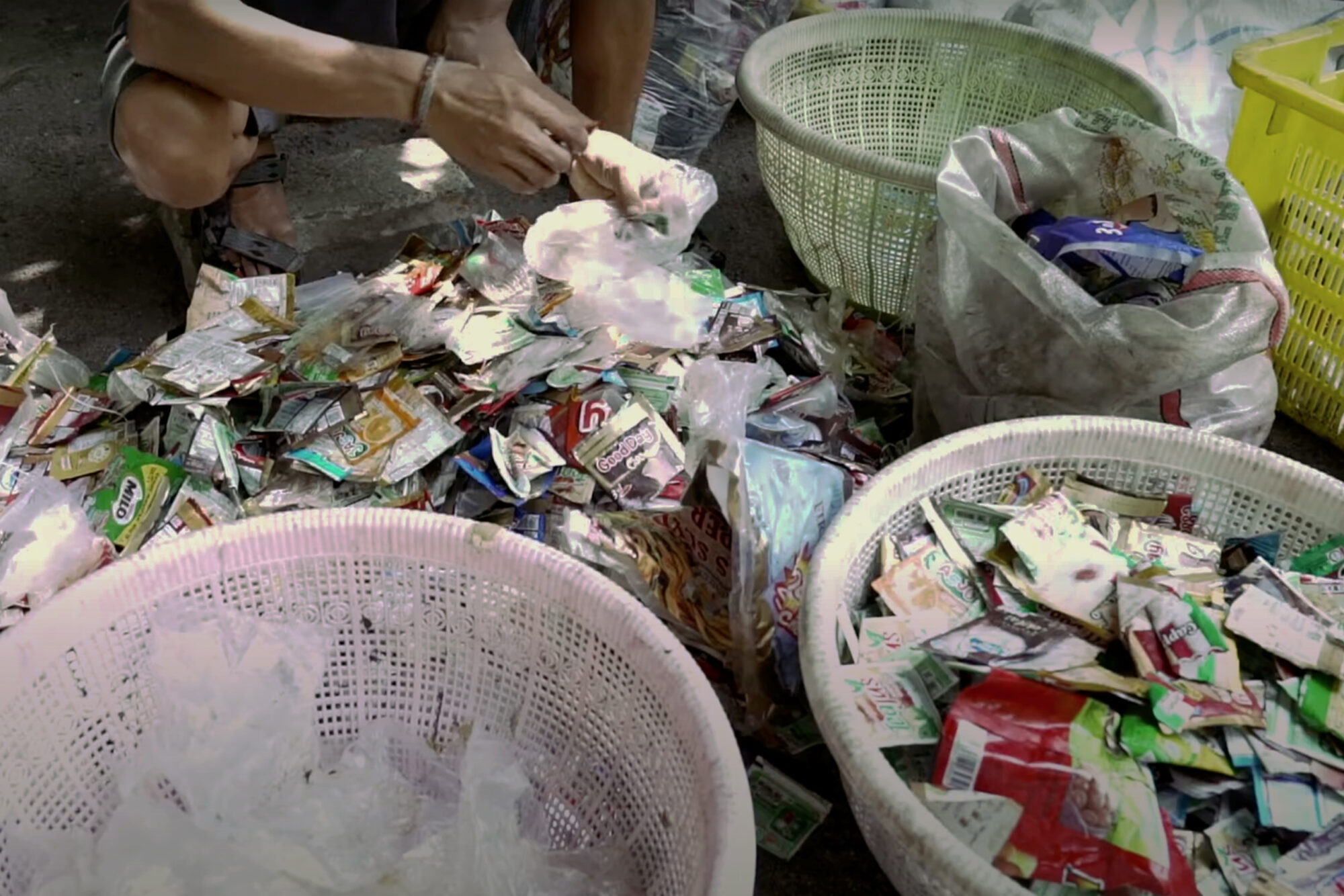
People are still very much dependent on single-use plastics. A lot of consumer goods are packaged in small sachets for single use. Products in sachets, including shampoo, detergent and coffee, target the middle to lower class, who can only afford to buy these small quantities on a daily basis, Rasyadi said.
Many sachets comprise layers of different types of plastic, giving them low sell-on value. “Few recyclers work with them. Most of it ends up in landfill or spills out to the ocean,” said Rasyadi.
Jakarta’s giant garbage pile
Indonesia’s capital has a population of 10.5 million. Estimates suggest the amount of waste sent to landfill from Jakarta rose from 6,645 tonnes per day in 2017 to 7,703 tonnes in 2019.
The city dumps most of its waste in a landfill in Bantargebang, a district around 25 kilometres away. In use since 1986, the 110-hectare site is filling fast with waste piling up to 40 metres high. The city’s governor gave the impression that the problem would start being tackled in 2016 when he signed a decree allowing a company to build intermediate treatment facilities. The idea was for waste to be incinerated, recycled or composted at a number of sites around the city. Progress has been slow.
The waste sent to Bantargebang remains mixed and unsorted. Rasyadi said: “Up to 70% is organic waste. For a city as big as Jakarta, the government has not provided the infrastructure to manage all this waste. There are some private initiatives, but they are all left on their own to figure it out.”
The Orange Troops in an unwinnable war
Officially, the municipal authority hires 40 to 70 cleaning workers per neighbourhood in Jakarta. That’s more than 18,000 for the whole city. Named after the distinctive orange vests they wear, the Orange Troops include street sweepers, canal cleaners and garbage collectors. But they can’t manage the quantities of waste they are presented with.
To increase the team’s capacity, the city hires freelance workers such as Togar Sinaga.
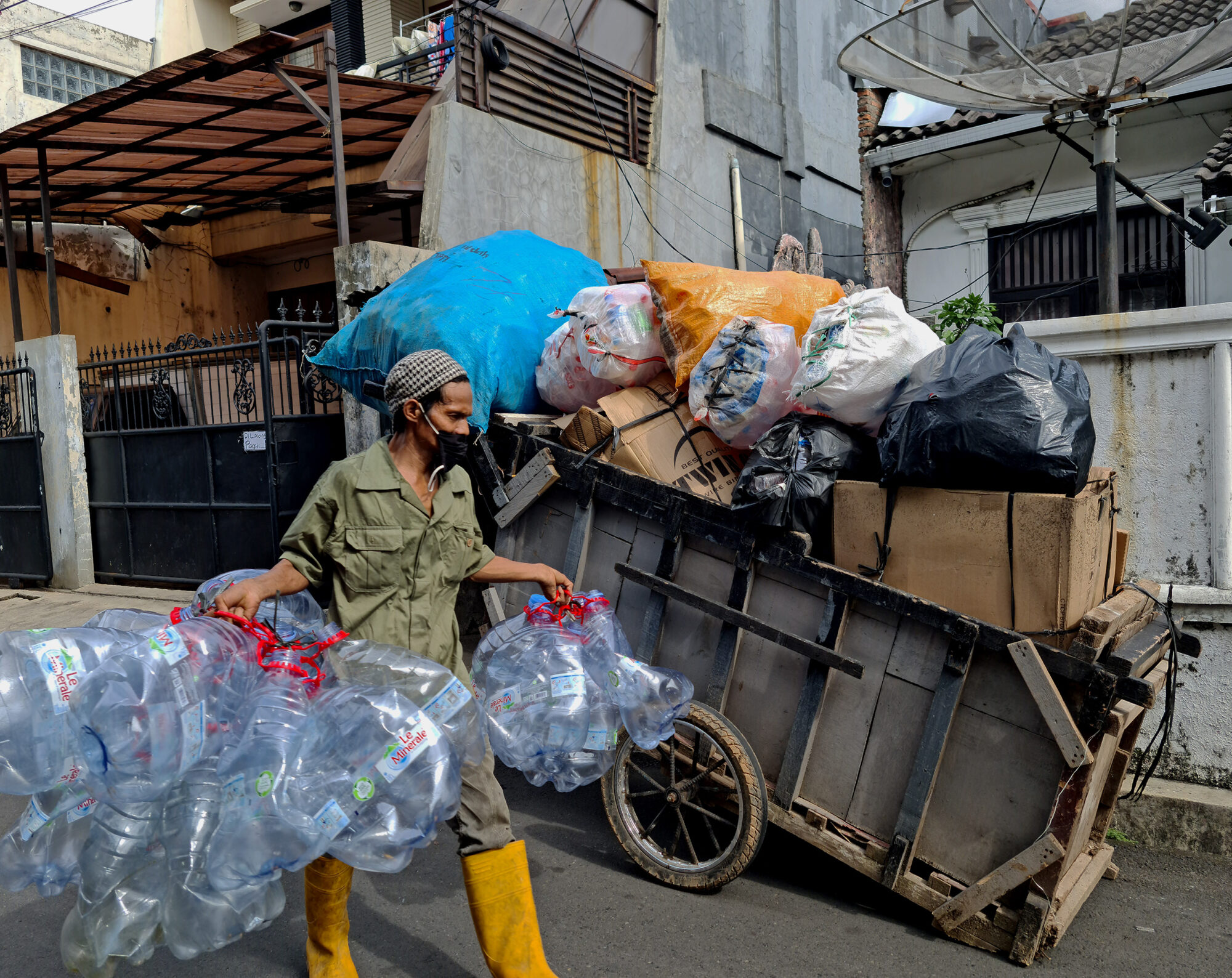
Sinaga, 47, makes his rounds collecting trash from houses in an East Jakarta neighbourhood. As a subcontracted rubbish collector he isn’t paid a monthly wage. His main income comes instead from taking household rubbish to a temporary rubbish site. He earns around US$0.70 for every cartful, plus small tips from homeowners. He supplements this by separating and selling recyclable materials such as cartons, cans and plastic water bottles, for which he earns an extra US$14 a week.
Innovations and solutions
Improved logistics and a larger workforce will not resolve the country’s plastic waste problem alone. So Indonesia is now pinning some of its hopes on innovative solutions.
The government, together with the United Nations Development Programme (UNDP) and the Norwegian government, launched a Southeast Asia-wide competition to help.
The first winner of the Ending Plastic Pollution Innovation Challenge was Nguyen Vo from Vietnam. She developed a drinking straw made out of grass, with the stated goal of replacing 5 billion plastic straws by 2025. The competition prize money has helped her to increase production, she said.
Other start-ups have begun processing plastic into fuel and other products. Landscape Indonesia, a social enterprise based in Jakarta, is exploring the latter option. “Imagine if we could convert 1.5 million tonnes of plastic waste into diesel-equivalent fuel every year,” said CEO Agus Sari. The technology could be used for all types of plastic including low-value sachet packaging, Agus Sari added.
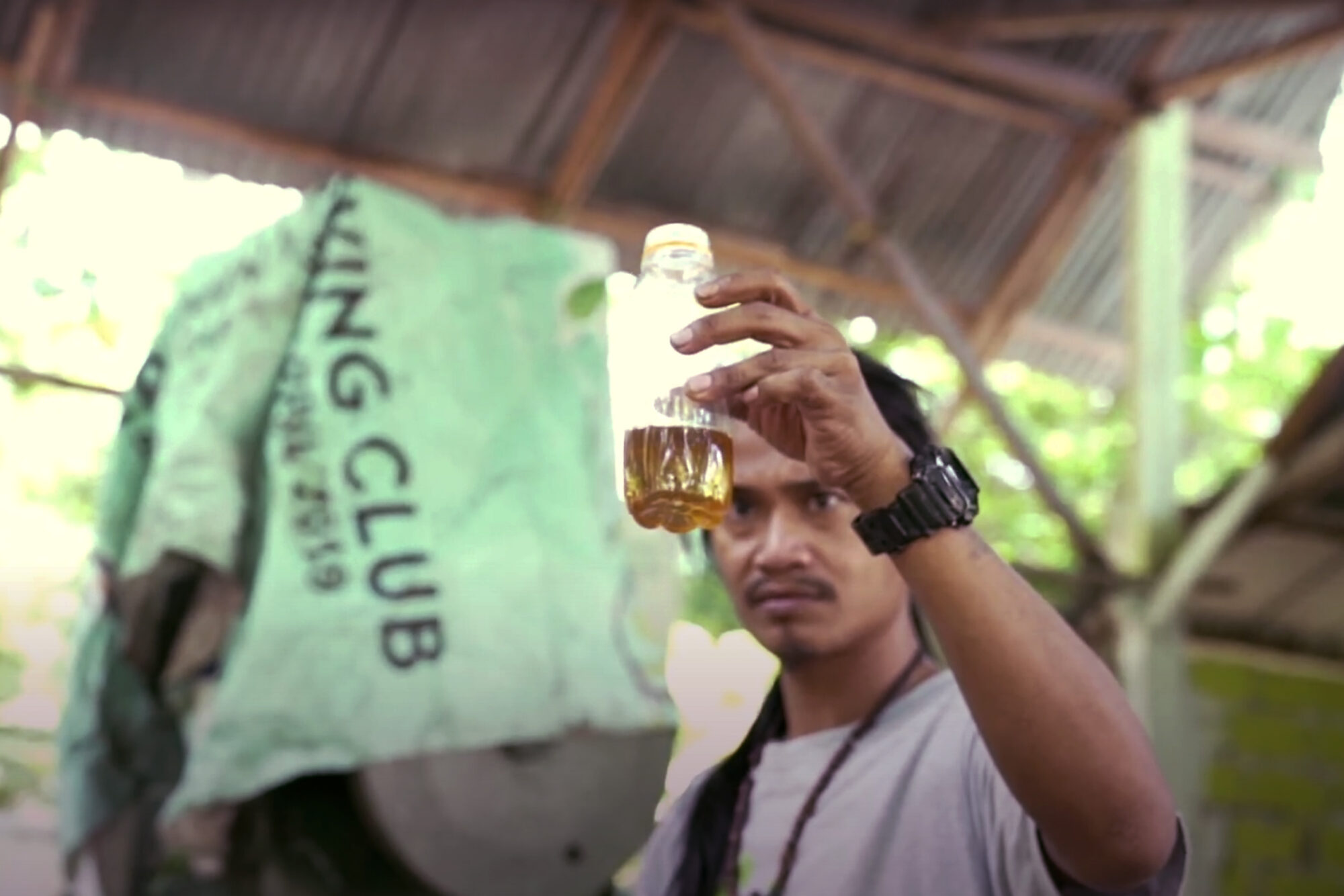
But Rasyadi said producing less waste was more important than reusing and recycling. “We don’t support the concept of converting plastic to fuel, or plastic to energy because it doesn’t address the root of the problem. People would think it’s okay to use plastic if it can be converted into energy. We use a lot of plastic unnecessarily… we can start with changing our behaviour and use less,” he said.
This article is published in partnership with the Wilson Center’s China Environment Forum.
